I just returned from leading a 3-week One Health in Nepal study abroad program with 16 undergraduate students from a variety of disciplines. This program exposes students to both the human health and animal health issues in the country, as well as many of the cultural practices that contribute to both health and disease. The students must adjust quickly to many new things: elevation, language, climate, traffic, smog, roaming cattle, monkeys and of course, new food and water concerns. One of the most difficult adjustments for students is the fact that we (as Westerners) cannot drink any water in Nepal that is not bottled, and fresh fruits and vegetables are not safe unless they are peeled and rinsed in bottled water. Boiled, fried, and sautéed foods are fine, but only from decent restaurants. Although much less expensive, eating street foods of any kind will significantly increase your risk of acquiring a foodborne illness due to cross-contamination of cooked foods.
After three weeks of constant food and water vigilance, the students came to really understand the extent and value of the food and water safety standards present in the US. They no longer take for granted the universal access to clean water that we enjoy every day with hardly a second thought. In fact, we in the US are highly offended when we do not receive clean water flowing freely from any tap. We feel betrayed when we become sick from eating food, even if it is due to our own poor kitchen hygiene. These students talked to women who now have two extra hours in their day due to the recent installation of pipes bringing water to their village, which eliminated their daily trek down and up the mountain to retrieve water. These women now can focus on raising a water buffalo, a couple goats, or a flock of chickens to supplement their family income and send their kids to school.
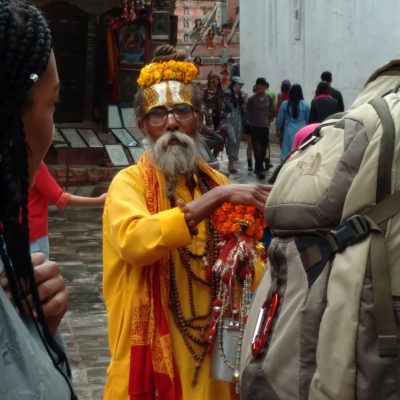
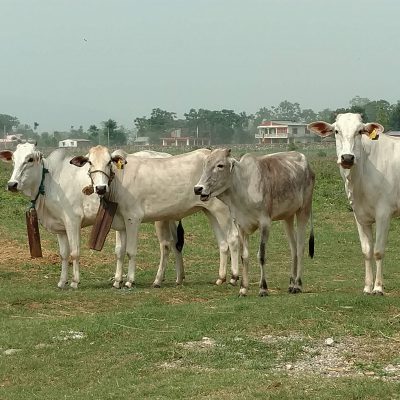

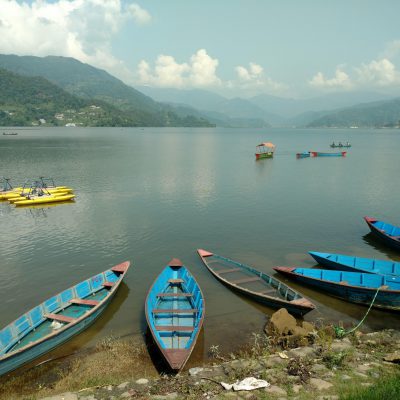
We live incredibly privileged lives here in the US, with many of the privileges built upon government programs that, to a large extent, work very well to provide clean water and safe food to the population. Our system is not perfect, and we need to keep making improvements and funding the agencies charged with implementation and enforcement of our food and water regulations. We are a global leader in food and water safety, and it will do us all well to stop momentarily and appreciate what advantages we experience on a daily basis.
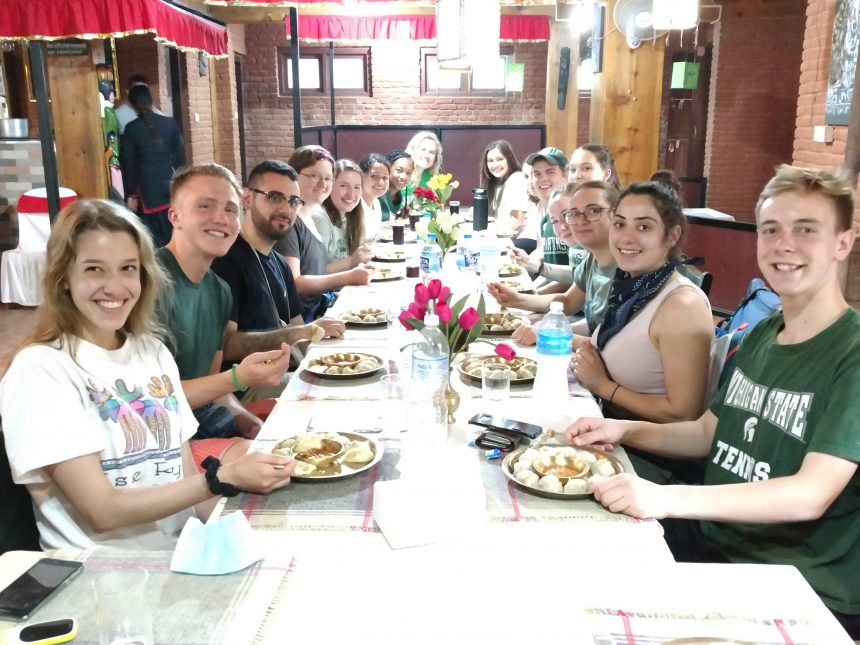
Nepal is making rapid and substantial improvements in basic living conditions for its people including food and water safety. More than 85 percent of the population has access to improved drinking water sources, and 40 percent has access to sanitation facilities (waste management). Although American gastrointestinal systems cannot handle even the improved drinking water, Nepalese systems can handle it, and diarrheal disease has dropped to the fifth-leading cause of death in the population. The top three causes of death in Nepal are chronic (non-infectious) disease conditions (COPD, heart disease, and stroke), just like the US (US and Nepal WHO Statistical Profile).
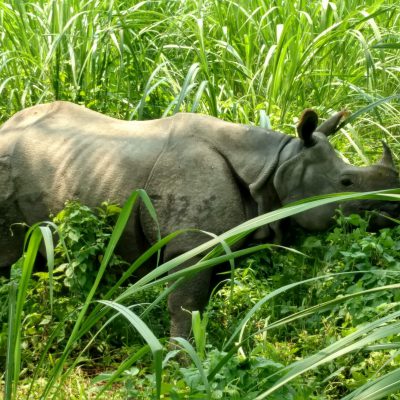
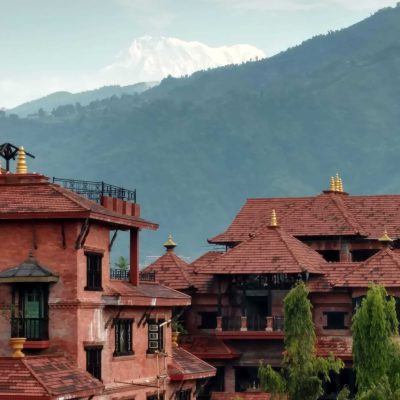
Food and water are fundamental necessities for life, and access to these commodities set the framework for a population’s ability to reach its full potential. Acquiring this basic exposure and understanding may inspire students to devote their seemingly boundless energy to helping address the myriad of global food and water issues. This is my hope.



